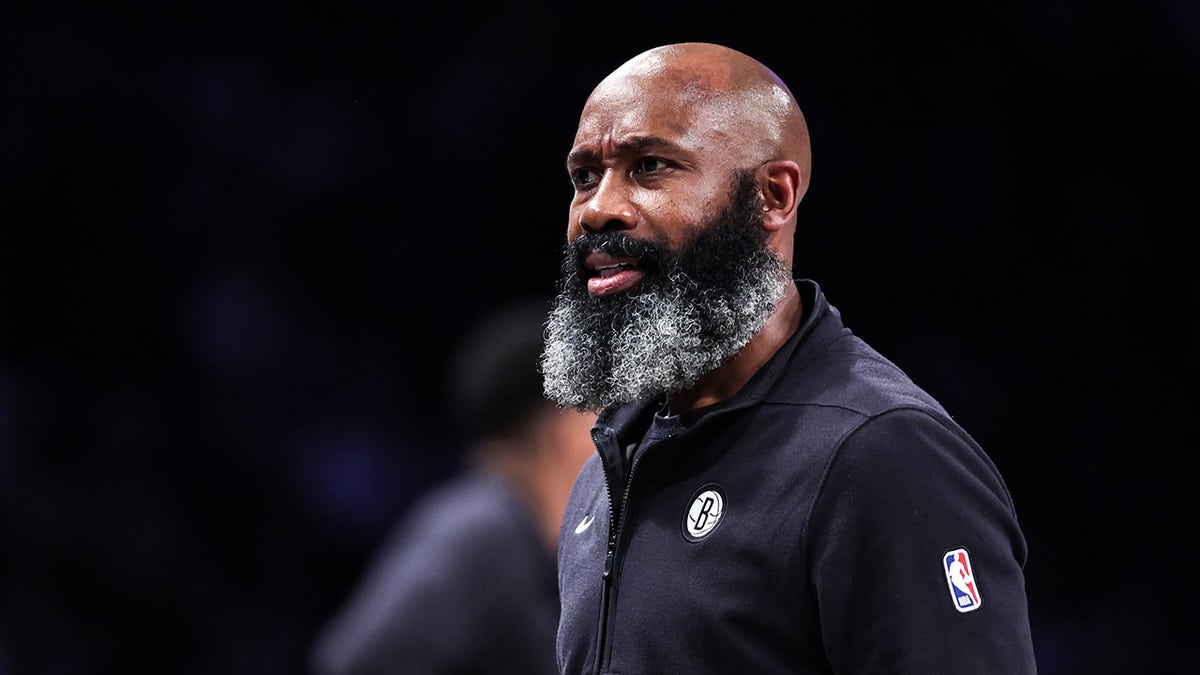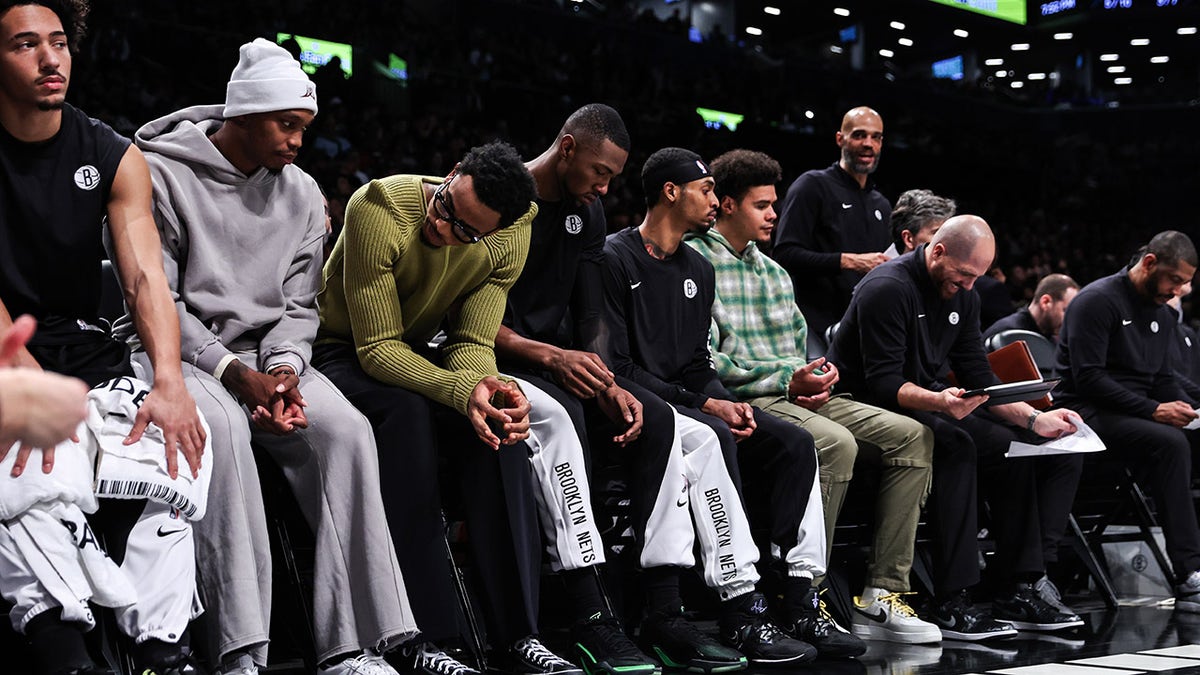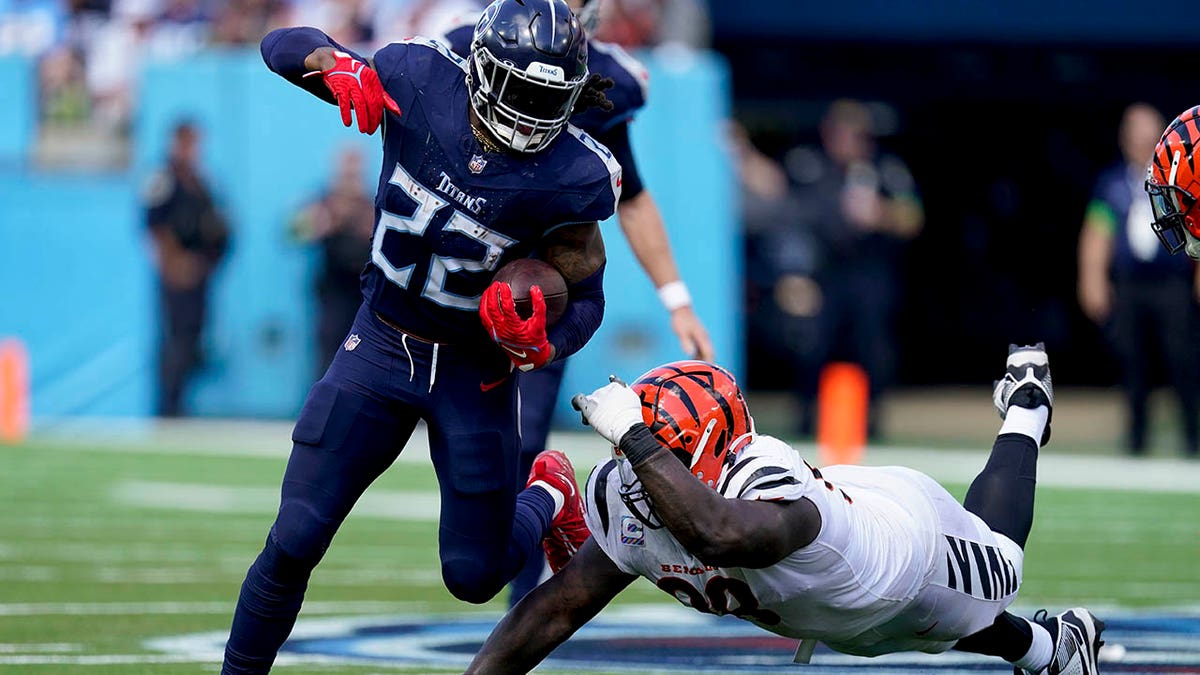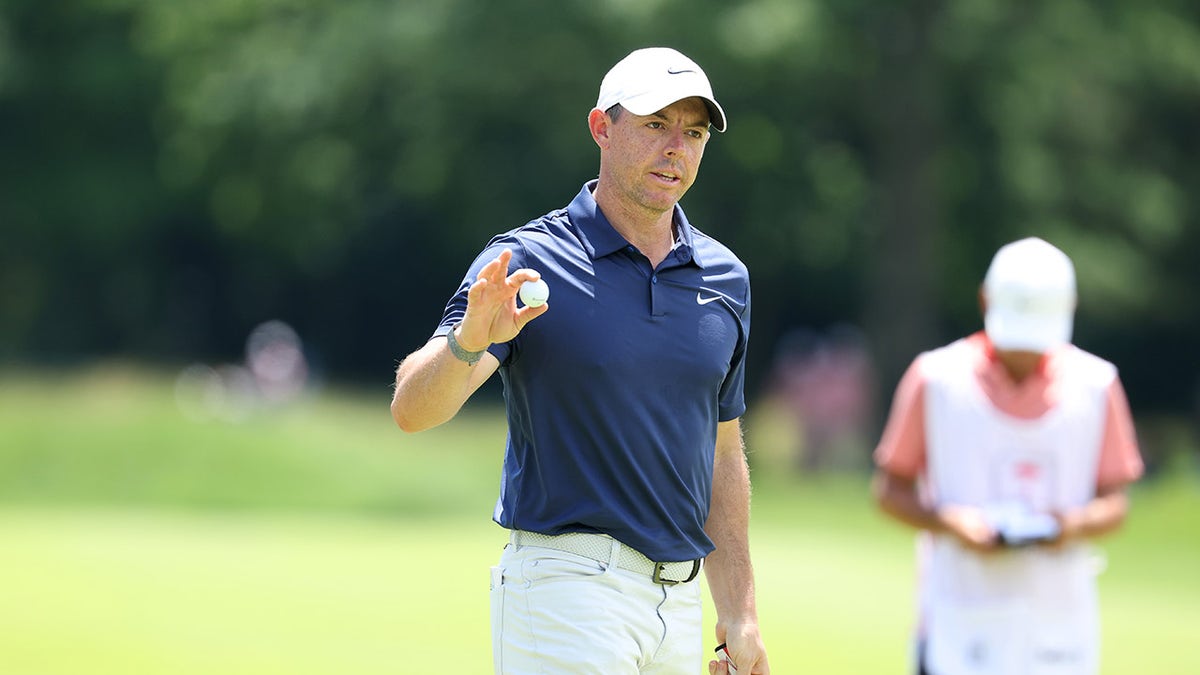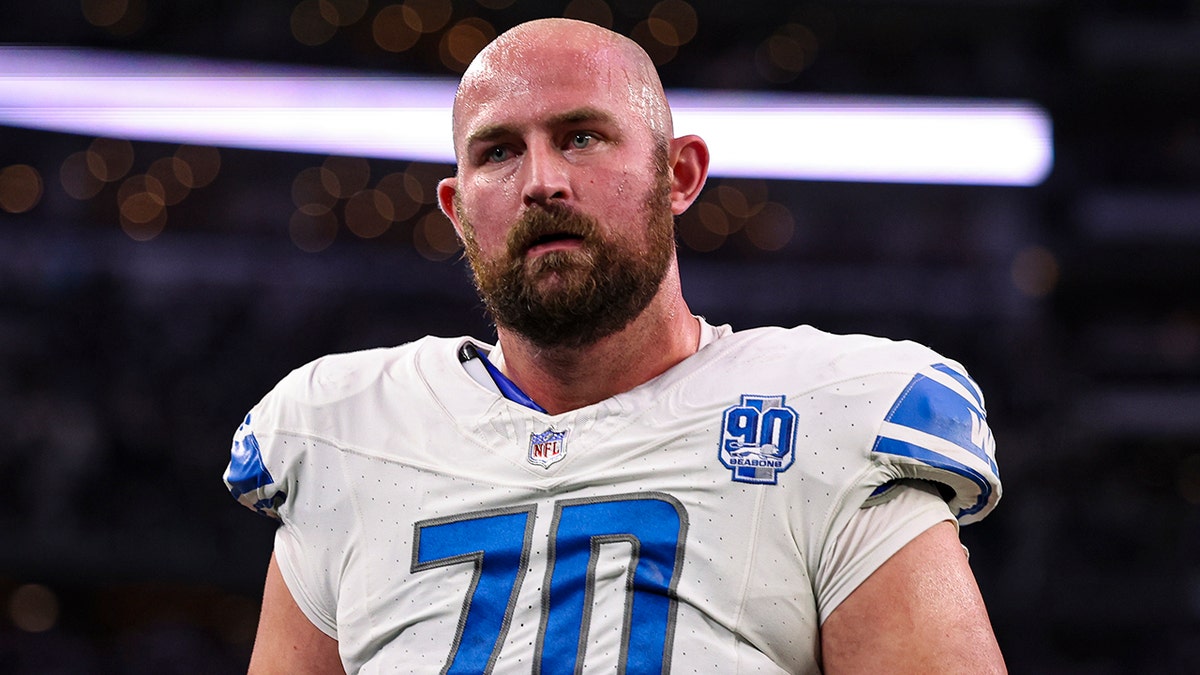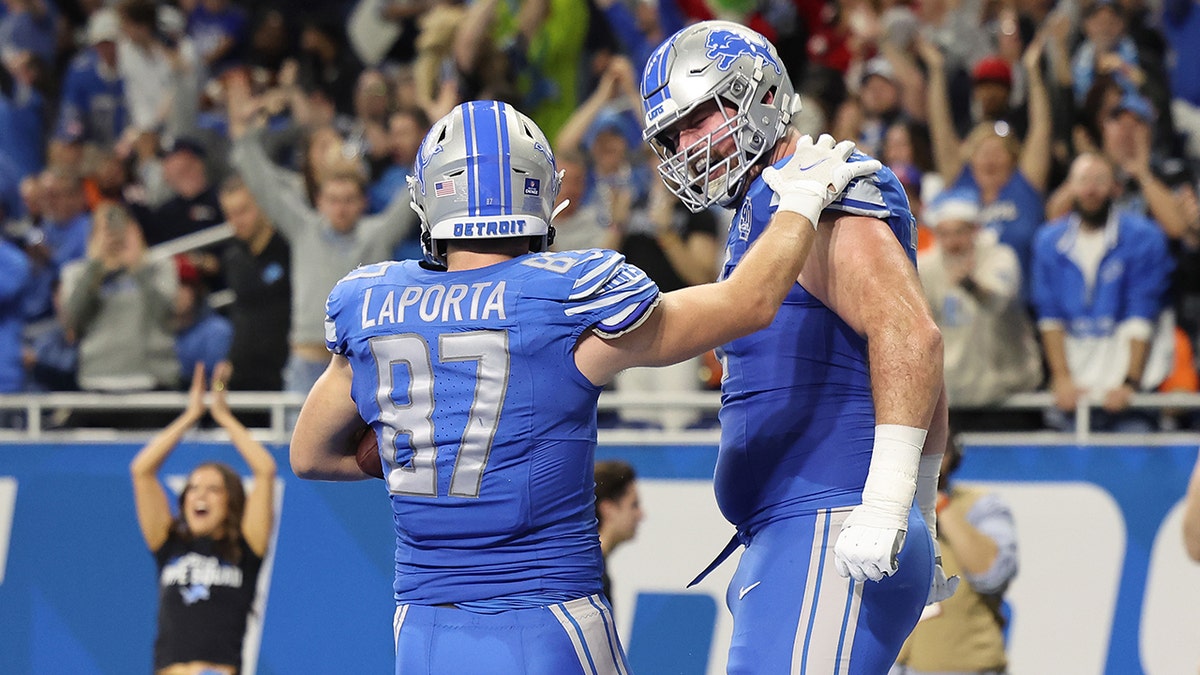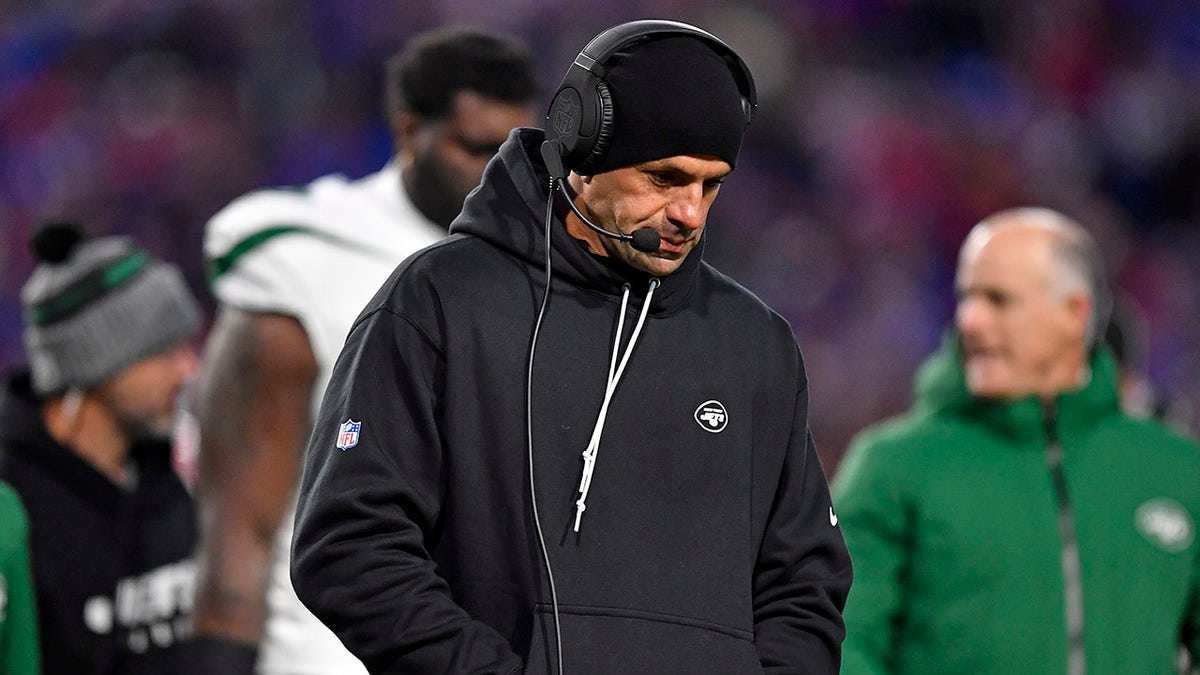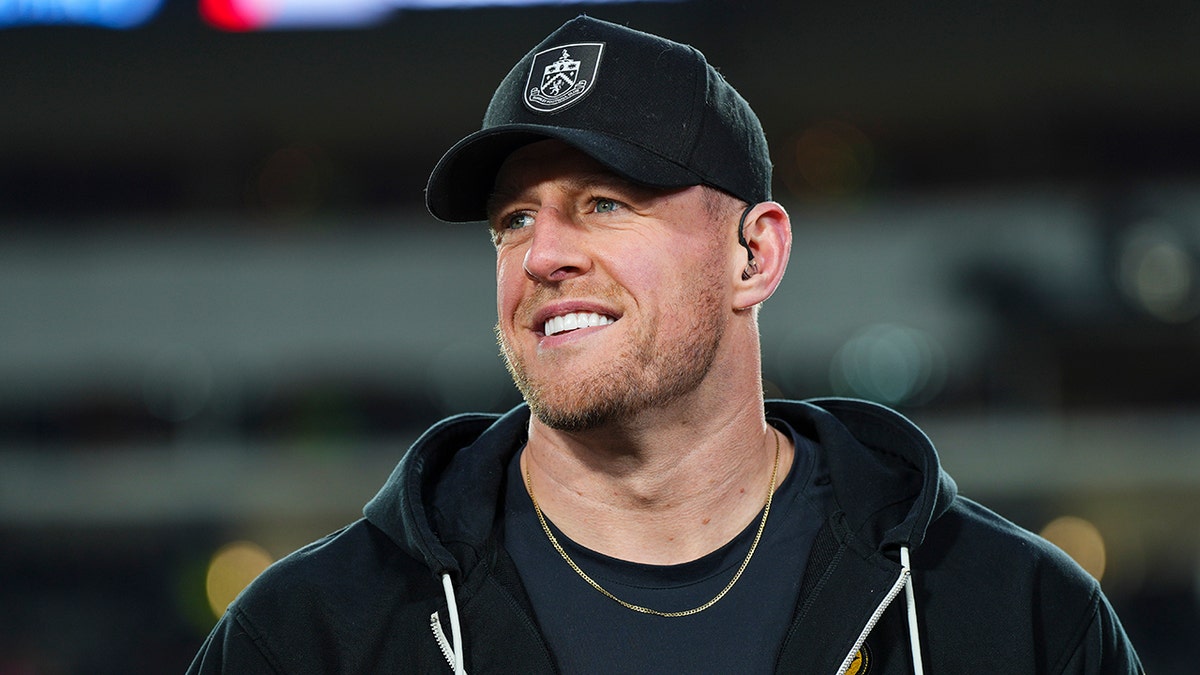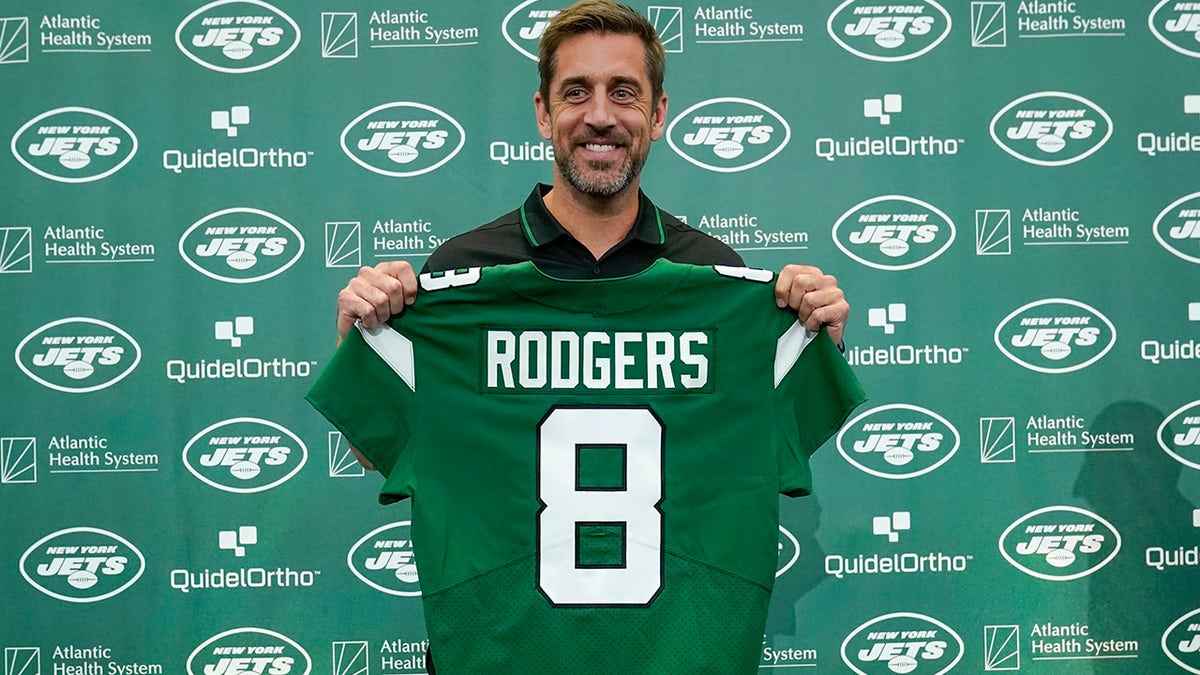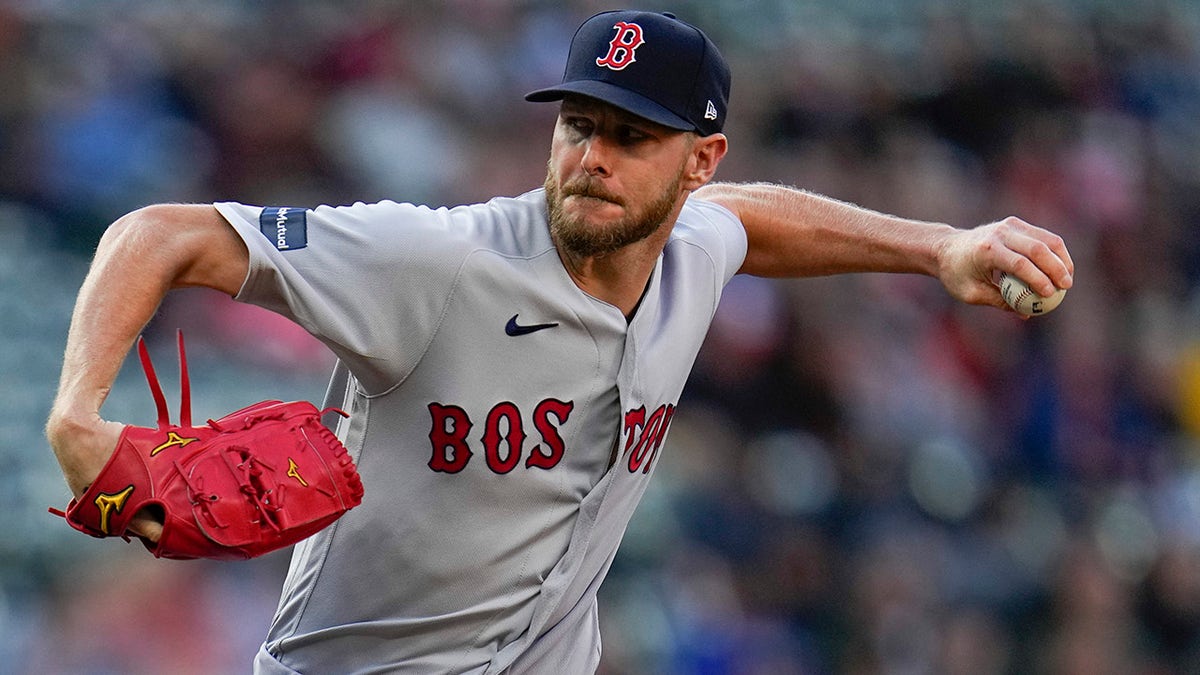Tesla CEO Elon Musk zinged Dallas Mavericks minority team owner Mark Cuban Thursday as the two debated diversity, equality and inclusion (DEI) in business.
Musk responded to Cuban after the billionaire gave his opinions on diversity, equality and inclusion.
“If you don’t think there is a need for DEI and it doesn’t create a competitive advantage for your company, just look at the @x posts/replies/quotes below,” Cuban wrote.
“These are the same people that work for you or are your co-workers. Everyone is entitled to their POV, but these same feelings, even if they are not said out-loud, are heard loud and clear at work.”
CLICK HERE FOR MORE SPORTS COVERAGE ON FOXNEWS.COM
Elon Musk walks through the paddock area during the Formula 1 Lenovo United States Grand Prix at Circuit of the Americas Oct. 22, 2023. (Aaron E. Martinez/American-Statesman/USA Today Network)
Musk responded with a pointed question about the makeup of the Mavericks’ roster.
“Cool, so when should we expect to see a short white/Asian women on the Mavs?”
Cuban didn’t immediately respond to Musk’s reply.
Musk kicked off the debate on X when he wrote that DEI was “just another word for racism” and “shame on anyone who uses it.” When X user Ed Krassenstein mentioned that he thought DEI had major flaws, Musk responded that “discrimination on the basis of race, which DEI does, is literally the definition of racism.”
Cuban weighed in with five separate points on DEI.

Dallas Mavericks owner Mark Cuban walks off the court after the Mavericks’ loss to the Oklahoma City Thunder at the American Airlines Center in Dallas, Dec. 2, 2023. (Jerome Miron/USA Today Sports)
“Good businesses look where others don’t, to find the employees that will put your business in the best possible position to succeed,” he wrote of diversity.
“You may not agree, but I take it as a given that there are people of various races, ethnicities, orientation, etc that are regularly excluded from hiring consideration. By extending our hiring search to include them, we can find people that are more qualified. The loss of DEI-Phobic companies is my gain.”
Cuban wrote that he made a mistake about equality in his own business, saying he thought “treating people equally does not mean treating them the same.”
“Equity is a core principle of business,” he wrote. “Put your employees in a position to succeed. Recognize their differences and play to their strengths where ever possible. It is not a hard concept. But it is not easy to implement. Most workforces don’t have the depth of management to do this well. When it’s not done well it can create tension and resentment.”
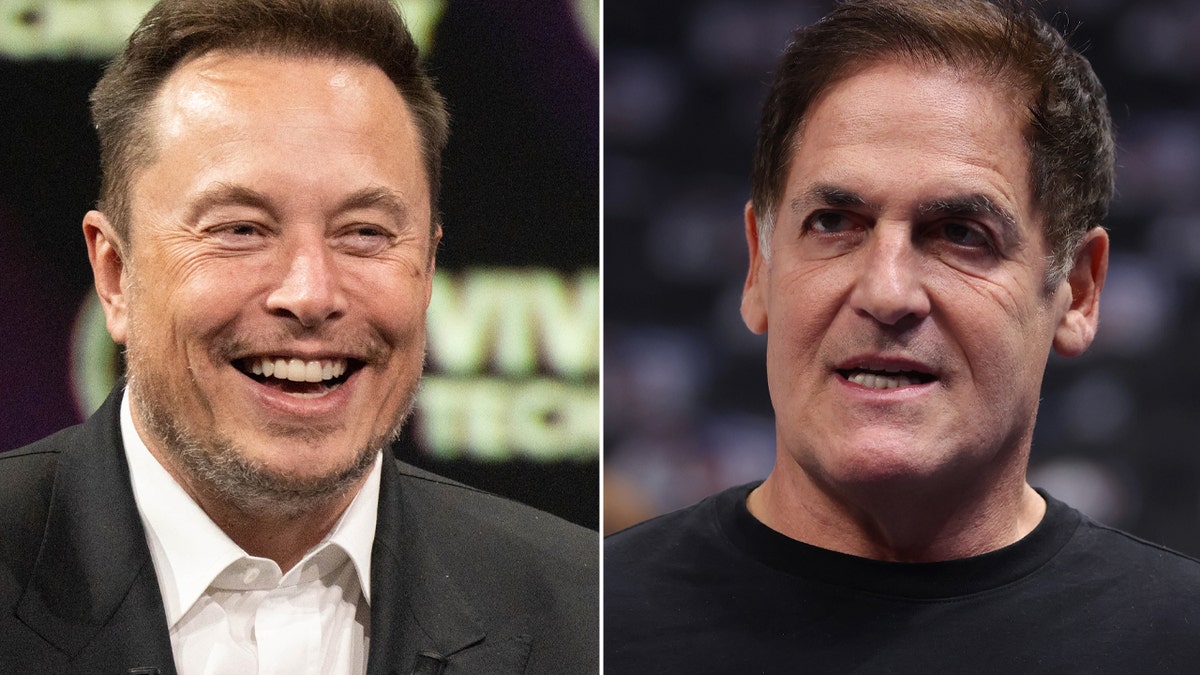
Elon Musk wrote to Mark Cuban on X amid a debate over DEI. (Getty Images)
On inclusion, Cuban believes “great companies create environments that reduce unnecessary stress of their employees,” which should, in turn, create higher productivity levels. He also compared DEI to health care. He wrote most companies see DEI as a “hug expense” and have no time to focus on it.
CLICK HERE TO GET THE FOX NEWS APP
“When anything that impacts all of your employees is pretty much a check list item to the CEO, there is a good chance that its not going work well and you are going to have employees who are not comfortable for a lot of different reasons. Which in turn creates resentment towards DEI policies and training. Which in turn makes it harder on the managers trying to implement it.
“When companies do DEI well, you see a well run, successful company.”
Follow Fox News Digital’s sports coverage on X and subscribe to the Fox News Sports Huddle newsletter.



